What Are the Benefits of Truly Custom Cabinetry?
Custom cabinetry is tailored to your space, your workflow, and your vision. Unlike stock cabinets, which come in standard sizes and finishes, a custom cabinet lets you optimize every inch — under stair nooks, odd alcoves, or around cast-iron plumbing walls. You also get full control over material quality, joinery methods, finish systems, and hardware choices.
From a longevity perspective, we prefer plywood or furniture-grade solid wood over particleboard options commonly found in “discount” cabinets. Proper joinery (dovetails, mortise-and-tenon, finger joints) and high-quality hardware (soft-close undermounts, full-extension drawer slides) deliver better performance over decades.
Aesthetically, custom cabinetry allows you to match wood grain flows across doors, conceal seams in high-gloss finishes, and integrate lighting or decorative moldings. You also avoid “boxy” gaps or filler strips that break design continuity.
How Much Does Custom Cabinetry Typically Cost?
The cost of custom cabinets depends on several variables: wood species, finish, hardware, scale, complexity of design, and installation labor. As a ballpark, custom cabinetry often runs 2.5× to 4× the cost of mid-range stock units — but that doesn’t tell the full story. You pay for superior materials, craftsmanship, site-specific adjustments, and long-term durability.
In my experience, the return on investment often comes from reduced maintenance, fewer replacements, and a higher resale value when done right. A homeowner who upgrades to custom often recoups 70–90% of cabinet cost in resale, provided the quality is excellent.
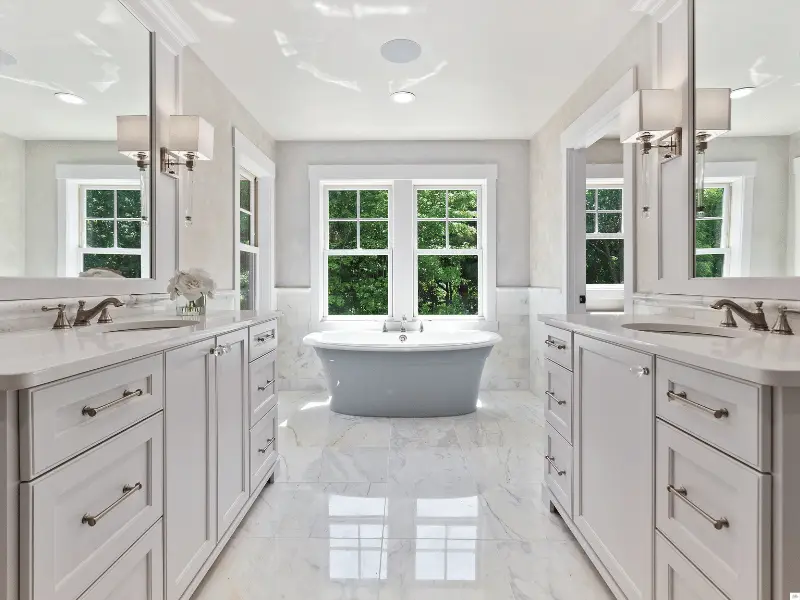
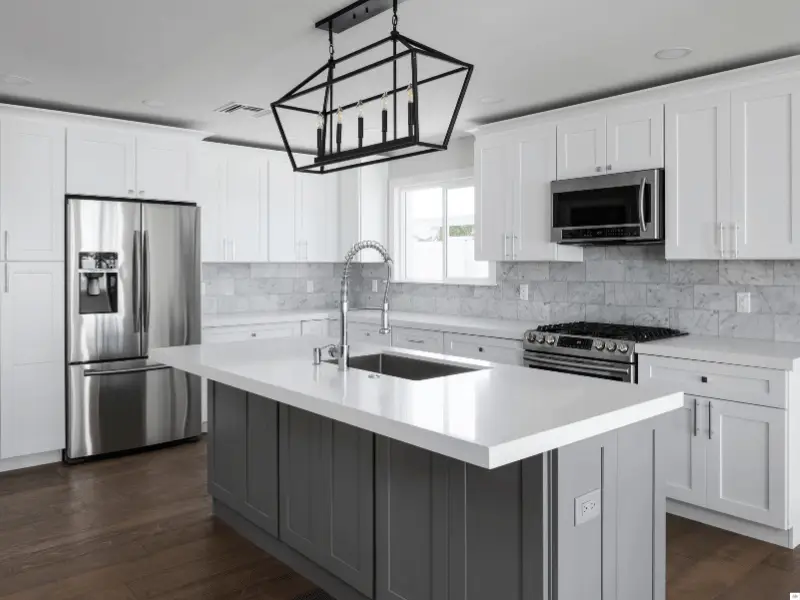
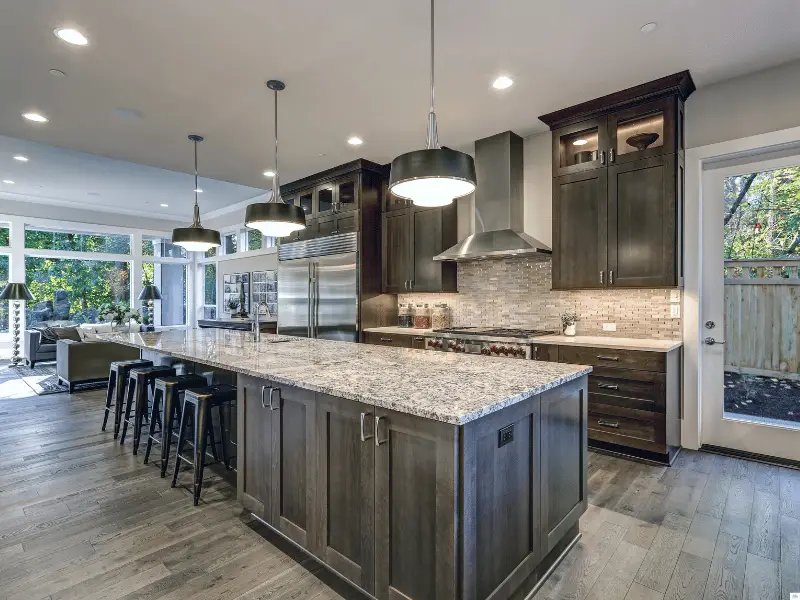
What Wood Species Should You Use for Cabinets?
Choosing the right wood species is critical. Here are a few common options and my preferences:
Maple — Stable with subtle grain, great for painted or translucent finishes.
Cherry — Warm, develops a rich patina over time.
Walnut — Bold aesthetic, excellent for accent cabinetry.
Rustic Hickory or Knotty Pine — Offers natural character and grain variation, often chosen for lodge or farmhouse styles.
Birch, Oak, or Hickory ply cores with hardwood veneers — Cost-effective with good stability.
In Florida’s climate, acclimation before installation is essential.
What Finishes Are Best for Longevity and Beauty?
Finishing is as important as wood selection. You want protection against moisture, UV, stains, and wear. In my shop, we favor:
Conversion varnish — Durable and flexible.
Catalyzed urethane — Excellent wear resistance.
Water-based clear coats — Lower VOCs, but must be applied carefully to avoid raising wood grain.
Stains and glazes — Emphasize grain and add depth, followed by sealing coats to lock in the finish.
We also seal cabinet interiors and drawers, not just exterior faces, because moisture can creep in and cause warping.
How Do You Ensure Proper Installation?
We make sure the cabinets are attached to the studs, secure soffit reinforcements, and carefully align doors for consistent reveal gaps. Drawers and doors are “dialed in” on site for perfect operation.
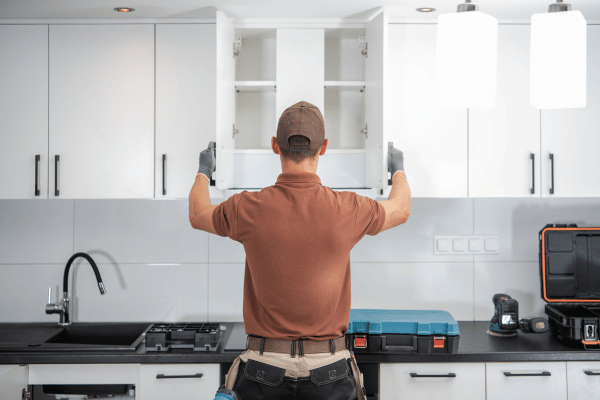
How Should You Care for and Maintain Custom Cabinets?
To keep your custom cabinets in prime condition:
Clean with pH-neutral, non-abrasive cleaners (avoid ammonia or bleach).
Wipe spills quickly and avoid prolonged water contact.
Check and retighten hardware annually since small shifts can occur over time.
Reapply touch-up clear coats on high-use areas if finish wear becomes visible.
Maintain indoor humidity between 35–50% to minimize wood movement.
What Trends Are Driving Cabinet Design Today?
Here are some of the current trends shaping cabinetry design:
Inset doors for a flush, streamlined look.
Handleless push-to-open systems in minimalist interiors.
Concealed LED lighting under shelves, toe-kicks, and inside cabinets.
Integrated charging stations and appliance garages to reduce visual clutter.
Mixed materials like wood combined with metal, glass, or stone accents.
Sustainability through FSC-certified woods, low-VOC finishes, and reclaimed timbers.
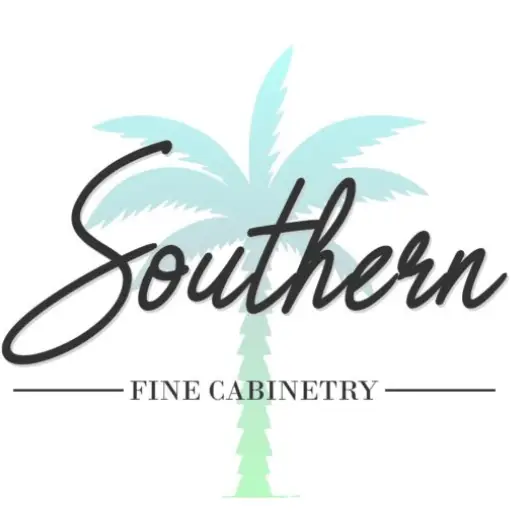
- Hours M-F 09:00-5:00
- 2465 Mercer Avenue, Suite 301 West Palm Beach, FL 33401
- Call Us 561.406.4577
- Email Us: [email protected]
